BLOG
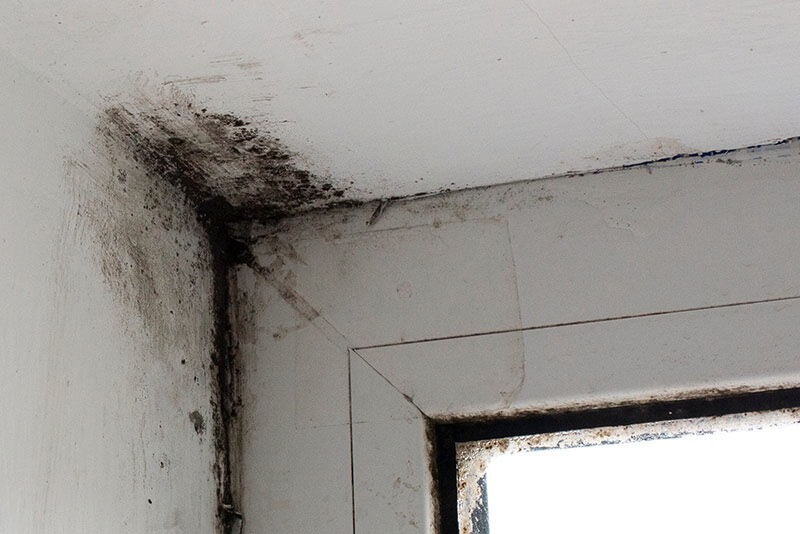
Common Biohazards In Residential And Commercial Settings: A Guide To Identification And Prevention
Common Biohazards In Residential And Commercial Settings: A Guide To Identification And Prevention
In both residential and commercial environments, biohazards can pose serious risks to occupants if not properly identified and managed. Below, we’ll take a look at the most common biohazards found at home and in the workplace and provide a comprehensive overview on how to prevent exposure and threats to health through biohazard detection and proactive prevention.
Understanding Biohazards
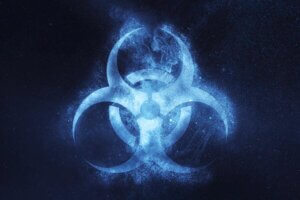
Biohazards are biological substances that pose potential threats to human health. Examples of commonly found biohazards in residential and commercial settings, include mould, bacteria, viruses, and certain hazardous chemicals that have biological origins or effects. Their presence is concerning as they can easily spread through various means — from air and water to physical contact or via pests. Understanding potential sources of contamination, whether it’s a water leak fostering mould growth or improper food storage encouraging bacterial growth, is crucial to preventing the dangers associated with biohazards.
Identifying Biohazards
Identifying biohazards such as mould and fungi in indoor environments is paramount for our health. Common types, like Aspergillus, Penicillium, and Stachybotrys (often referred to as ‘black mould’), thrive in damp, poorly ventilated areas. To pinpoint these biohazards, one should inspect for visible mould patches, a musty odour, or persistent condensation, especially in places like garages, bathrooms, and near leaks.
While some moulds simply look unsightly or emit a foul smell, prolonged exposure can pose significant health risks. Inhaling mould spores can lead to respiratory issues, allergies, and, in severe cases, systemic fungal infections, emphasising the need for timely identification and remediation.
Bacteria And Viruses
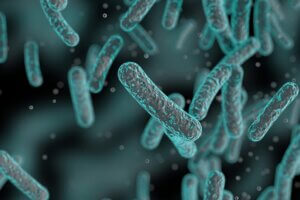
Bacteria and viruses are readily found in most homes and workplaces. Common examples include E. coli, salmonella, and the influenza and rhinovirus strains. Signs of bacterial and viral contamination often manifest in deteriorating food, unusual odours, or visible biofilms on surfaces. The aftermath of exposure can range from mild, like a common cold, to severe, such as food poisoning or respiratory infections. As these microorganisms can easily spread and cause health issues, recognising the early signs and understanding the risks they pose is pivotal in ensuring a safe environment and mitigating potential health concerns.
Chemical Biohazards
Chemical biohazards consist of hazardous chemicals that can pose biological threats. In residential and commercial settings, commonly found chemical biohazards include asbestos, lead, radon, and certain cleaning agents. Some ways to detect these hazards include recognising distinct odours, observing unexplained health symptoms, or using specialised testing kits.
The sources of exposure vary—old paint can release lead, while certain building materials might contain asbestos. Prolonged exposure to these chemicals can lead to severe health issues. For instance, asbestos inhalation can cause lung diseases, while lead poisoning can impair cognitive functions. Recognising and mitigating these risks is essential for maintaining a healthy environment.
Managing Biohazards
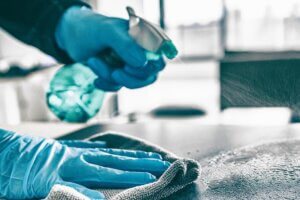
Taking preventative measures is a cornerstone in the effective management of biohazards. To maintain a clean and safe environment, it’s vital to regularly clean and disinfect surfaces, ensure adequate ventilation, and address dampness promptly to prevent mould growth.
Proper storage of food and waste further reduces the risk of bacterial and viral spread. The significance of personal hygiene cannot be overstated: frequent handwashing, using antibacterial agents, and maintaining general cleanliness are critical. These simple yet effective practices not only curb the immediate spread of contaminants but also play a pivotal role in safeguarding our surroundings, emphasising the integral role of hygiene and sanitation.
Mould Prevention And Remediation
Mould prevention and remediation are essential for maintaining healthy indoor environments. To prevent mould growth, ensure spaces are well-ventilated, fix leaks promptly, and maintain optimal humidity levels using dehumidifiers if necessary. Regularly inspect areas prone to dampness, such as bathrooms and basements. If mould is detected, remediation should be approached with caution.
Small areas can potentially be cleaned with suitable mould-killing agents, but larger infestations often require professional intervention. Always wear protective gear like masks and gloves during clean up to prevent inhalation or contact with mould spores to protect yourself and the space from further contamination.
Preventing Bacterial And Viral Contamination

Preventing bacterial and viral contamination is paramount for health and well-being. Strategies to reduce risk include maintaining a clean environment by regularly disinfecting high-touch surfaces, safely handling and storing food, and ensuring proper personal hygiene.
Among these measures, frequent hand washing stands out as a primary defence. By rigorously washing hands with soap for at least 20 seconds, especially after visiting public places or handling potentially contaminated items, the transfer of harmful microorganisms is significantly reduced. Coupled with effective disinfection practices, these steps act as a formidable shield against the pervasive threats of bacteria and viruses in our daily lives.
Chemical Biohazard Safety
Ensuring safety when dealing with chemical biohazards is paramount. To minimise risks, always store hazardous chemicals in their original containers, in well-ventilated areas, away from children and pets, and separate from food items. Proper labelling is vital to avoid unintended usage.
When handling or using these chemicals, personal protective equipment (PPE) like gloves, safety goggles, and respiratory masks should be worn to prevent direct contact, inhalation, or ingestion. By combining effective storage practices with using the right PPE, one can significantly reduce the hazards associated with chemicals, ensuring a safer environment for all.
Seeking Professional Help
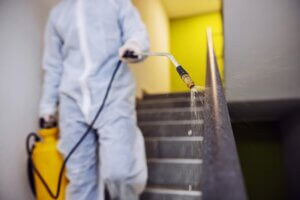
In biohazard situations that seem extensive or particularly severe, it’s paramount to seek the expertise of professionals. Addressing the issue without proper knowledge or equipment might exacerbate the problem or pose health risks. Expert biohazard clean up and remediation services are equipped with the tools, knowledge, and protective measures necessary to handle complex scenarios effectively and safely.
If faced with a daunting biohazard challenge, don’t hesitate to consult the experts at National Trauma (NTCSC). We’re available to assist with professional clean up and remediation of common biohazards anytime 24/7 – ensuring timely and appropriate interventions when needed. Call NTCSC today and ask about our professional biohazard cleaning service or to request an obligation free quote.